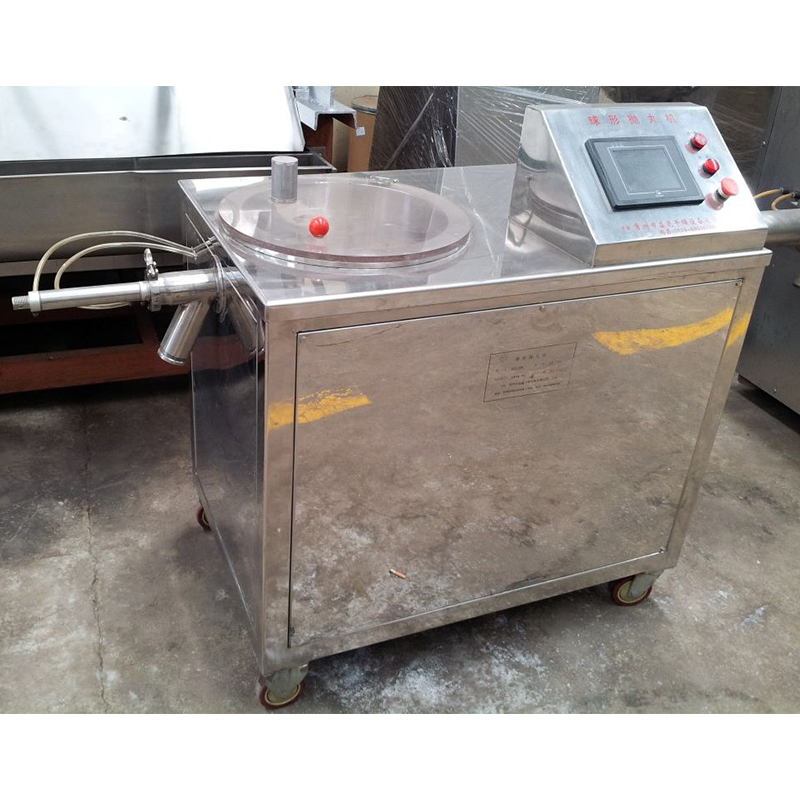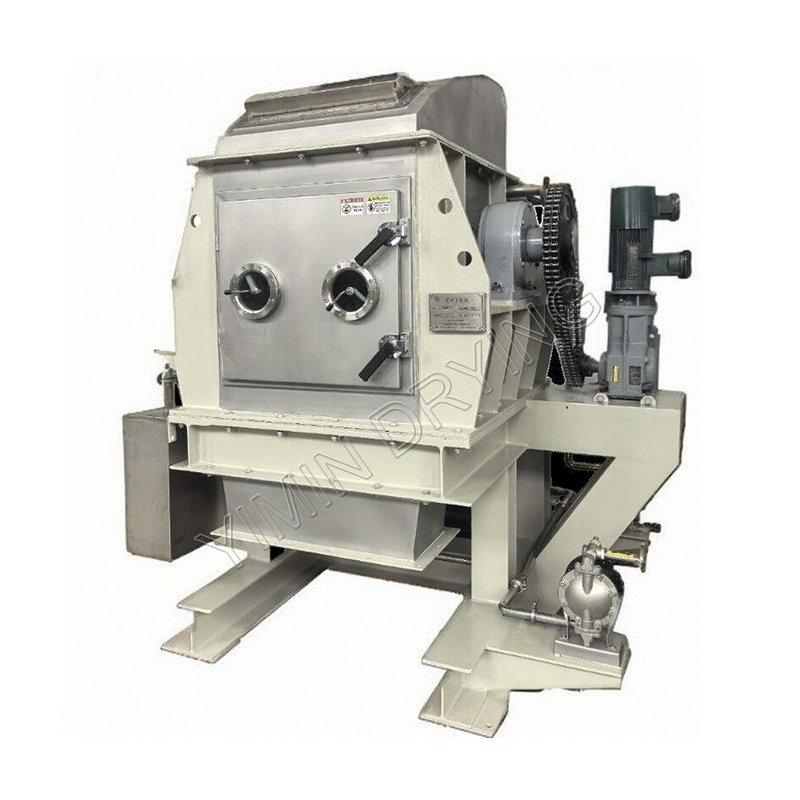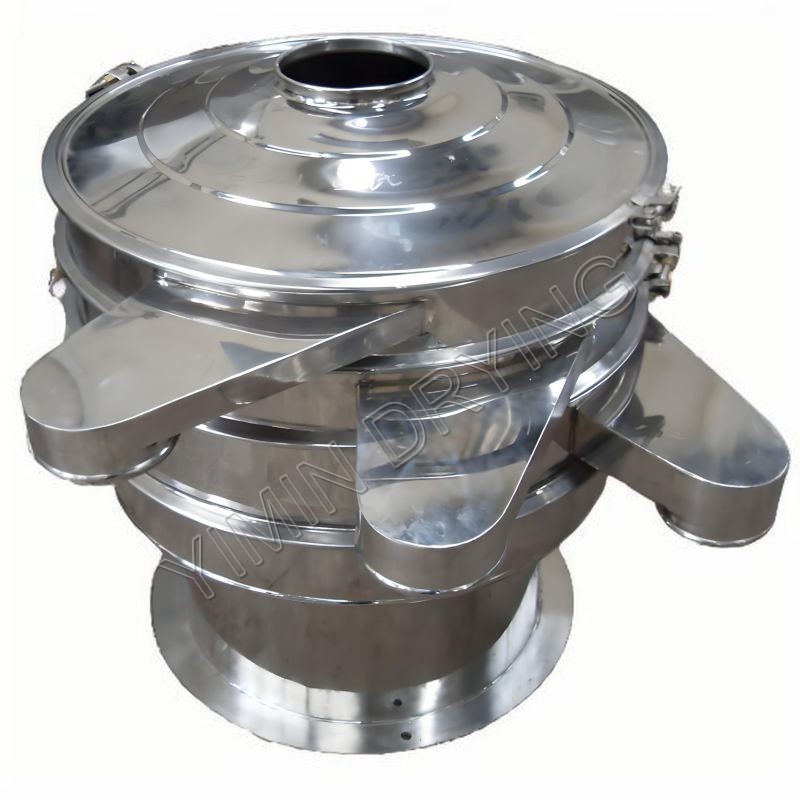How Does a Pellet Granulator Work?
Pellet granulators are essential pieces of equipment in various industries, transforming fine powders or bulk materials into uniform, dense pellets. This process, known as granulation or pelletization, offers numerous advantages, including improved material handling, reduced dust, enhanced flowability, and increased bulk density. Understanding the fundamental working principles of these machines is key to appreciating their versatility and importance.
At its core, a pellet granulator operates by compressing and binding individual particles into larger, more manageable agglomerates. While there are different types of granulators, they generally achieve this through a combination of mechanical force and, often, a binding agent.
Key Components and Operational Principles
Let's break down the general working principles, focusing on the most common types: flat die and ring die pellet granulators.
1. Material Feeding and Conditioning
The process begins with the feeding of raw materials into the granulator. These materials, typically in powder form, must be consistently and uniformly supplied to ensure optimal pellet quality. Often, a conditioner or mixer precedes the main granulation chamber. Here, steam, water, or a liquid binding agent (like molasses, lignin sulfonate, or even just water for some materials) is thoroughly mixed with the raw material. This conditioning step is crucial as it:
-
Increases moisture content: Essential for creating the necessary plasticity for particle binding.
-
Activates natural binders: Heat and moisture can activate natural binders present in the material (e.g., lignin in wood).
-
Lubricates the material: Reduces friction during compression.
-
Homogenizes the mixture: Ensures even distribution of all components.
2. Compression and Extrusion
This is the heart of the pelletization process. Conditioned material enters the granulation chamber, where it's subjected to immense pressure.
-
Flat Die Granulators: In a flat die granulator, a rotating roller (or multiple rollers) presses the raw material against a stationary flat die that has numerous holes drilled through it. As the roller moves over the die, the material is forced through these holes. The high pressure and friction generated within the die holes cause the particles to bind together.
-
Ring Die Granulators: Ring die granulators employ a rotating ring die and stationary rollers (or sometimes a stationary ring die with rotating rollers). Material is fed into the inner circumference of the rotating ring die. Centrifugal force pushes the material against the die, and the rollers then press the material outwards through the holes in the die. This design often allows for higher throughput and can be more energy-efficient for certain applications due to the larger surface area for compression.

3. Pellet Formation and Cutting
As the compressed material exits the die holes, it emerges as dense, cylindrical strands. Knives or cutters, positioned just outside the die, then cut these strands into desired pellet lengths. The length of the pellets can be adjusted by changing the speed of the cutters or the type of knives used.
4. Cooling and Sizing
Newly formed pellets are hot and relatively soft due to the heat generated during the compression process and the presence of moisture. They are then transferred to a cooler, often a counter-flow cooler, where ambient air is drawn through the pellet bed to reduce their temperature and remove excess moisture. This curing process significantly increases their hardness and durability, preventing them from breaking down during handling and storage.
Finally, the cooled pellets typically pass through a screener or sifter. This step removes any fines (broken pellets or ungranulated material) and oversized pellets, ensuring a consistent product size. The fines are often recycled back into the granulation process.
Factors Influencing Pellet Quality
The quality of the final pellets (durability, density, size, and moisture content) is influenced by several factors:
-
Raw Material Properties: Particle size, moisture content, binding characteristics, and chemical composition of the raw material.
-
Die Specifications: Hole diameter, length-to-diameter ratio of the die holes (compression ratio), and material of the die.
-
Roller Type and Gap: Design of the rollers and the clearance between the rollers and the die.
-
Conditioning Parameters: Temperature, moisture content, and type of binding agent used during conditioning.
-
Operating Conditions: Throughput rate, motor speed, and overall system pressure.
Applications of Pellet Granulators
Pellet granulators are indispensable across a wide range of industries:
-
Biomass: Producing wood pellets for fuel, animal bedding, or organic fertilizer.
-
Animal Feed: Manufacturing nutritious and easily digestible feed pellets for livestock and poultry.
-
Fertilizer: Creating granular fertilizers for agricultural applications, ensuring even nutrient distribution.
-
Waste Management: Pelletizing various waste materials (e.g., municipal solid waste, agricultural residues) for energy recovery or volume reduction.
-
Chemicals and Pharmaceuticals: Granulating fine chemical powders for better handling, dissolution, and dosage control.
-
Minerals: Processing mineral ores or fine mineral products.



 English
English русский
русский عربى
عربى Türk
Türk




